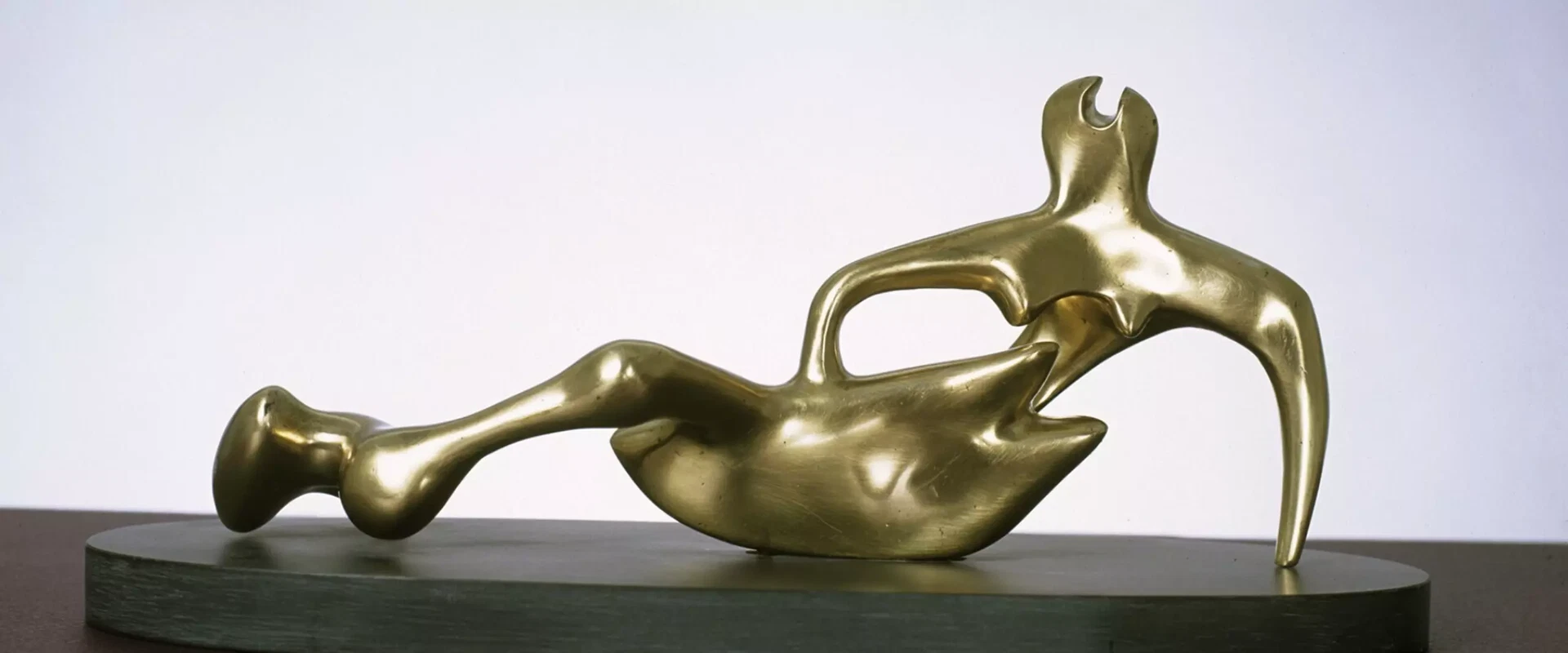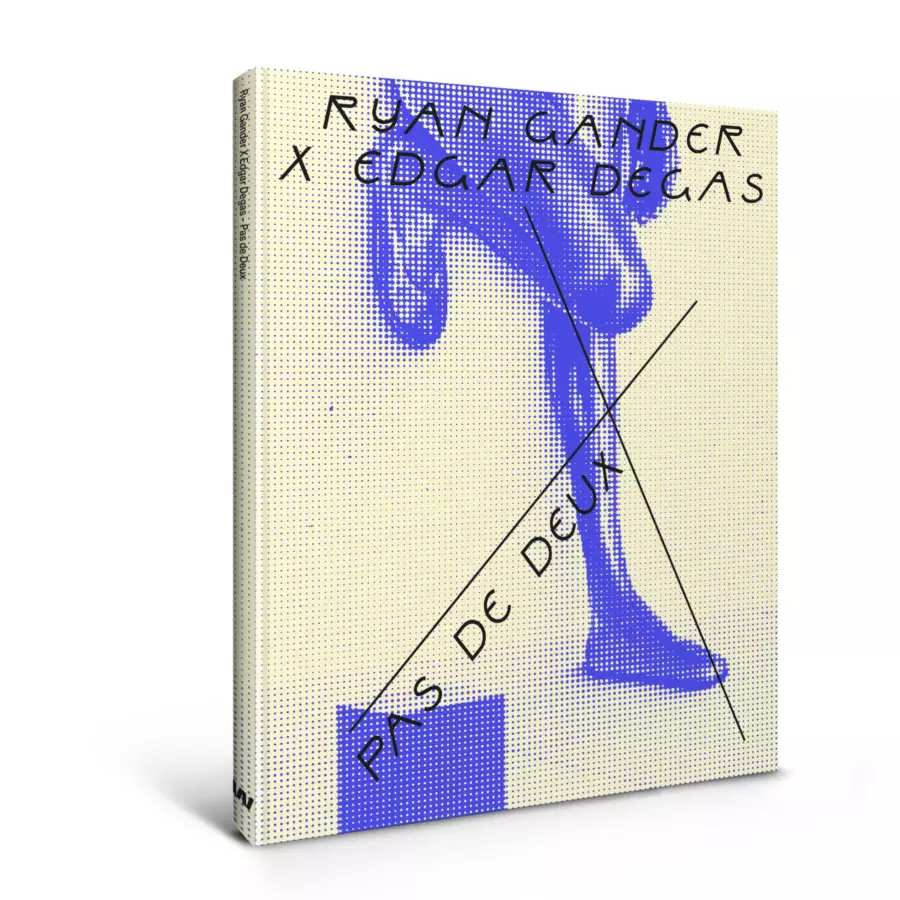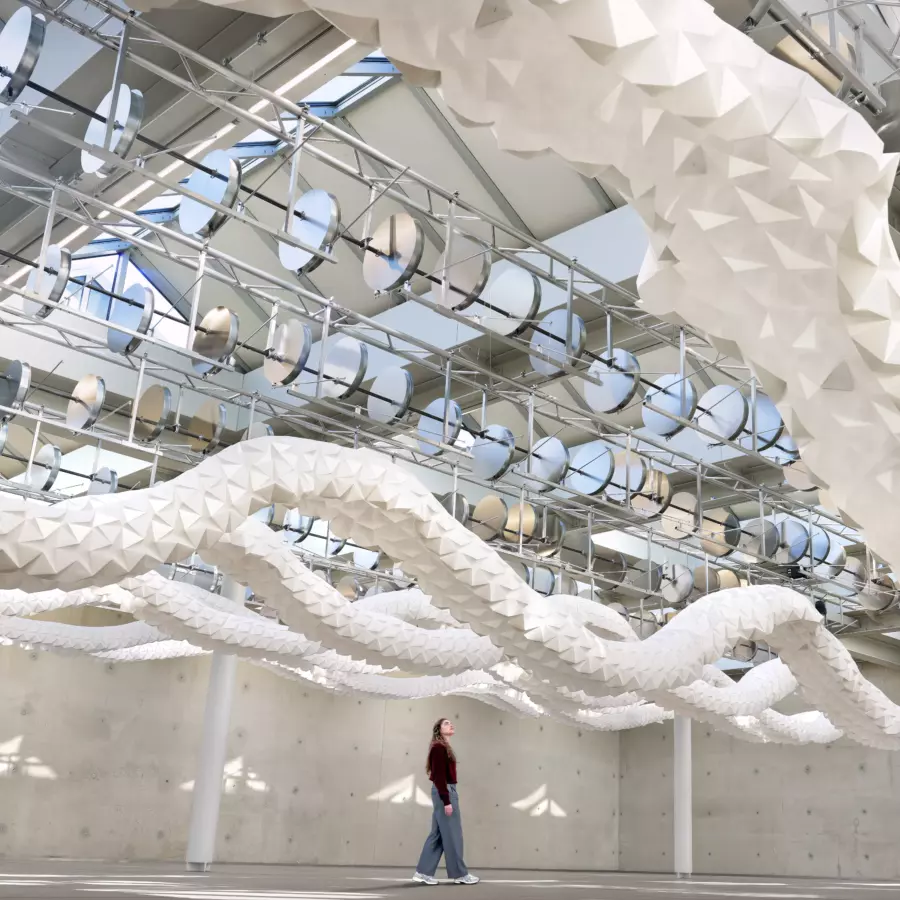Henry Moore: Form and Material
From his substantial oeuvre, Museum Beelden aan Zee, together with the Henry Moore Foundation, has made a well-considered selection. Through approximately 100 sculptures, the artistic vision and creative process of one of the most important innovators of modern sculpture become visible. The exhibition at Beelden aan Zee focuses on the influence of nature on his work and the development he underwent as a craftsman sculptor. From advocating direct carving—sculpting without preparatory sketches and studies—to experimenting with casting lead and bronze.
What influence did Moore's choice of materials have on the work he produced—in terms of form, scale, and subject? How did this develop over the course of his career? And how did it contribute to the development of some of his most groundbreaking ideas? The exhibition explores these questions and highlights the use of materials in some of his most iconic works.
Henry Moore
Henry Moore (1898-1986) is undoubtedly one of the most important English artists of the twentieth century. His sculptures balance on the boundary between figuration and abstraction and continue to inspire artists. His work has a recognizable and characteristic formal language. Important themes in his oeuvre are 'mother and child' and 'reclining human figures,' which Moore extensively explored.
From the 1920s onwards, Moore participated in numerous international exhibitions, regularly sold work, and thus gained a reputation as an important modernist sculptor.
However, the Second World War temporarily brought these positive developments to a halt. Henry Moore left his teaching position to accept a role as a war artist. In this capacity, he created poignant drawings, known as 'shelter drawings,' of Londoners sheltering in large numbers in underground stations from the bombings.
In the 1950s, he created larger figure groups. The prices for his work also rose significantly, and his fame as an international artist continued to increase. In later years, he served as a commissioner for both the Tate Gallery and the National Gallery and received numerous awards and honorary doctorates.
Moore's work can be found worldwide in museums and displayed in public spaces. In the Netherlands, he is well represented in prominent collections, including those of the Stedelijk Museum Amsterdam, Kunstmuseum Den Haag, Museum Arnhem, and Museum Kröller-Müller.
Henry Moore Foundation
The exhibition is organized in close collaboration with the Henry Moore Foundation, established in 1977 to manage his legacy. The foundation not only conserves his sculptures and drawings but also manages his house, studios, extensive archive, and surrounding estates. It continues to promote his work worldwide through exhibitions and publications.
Catalogue
A richly illustrated catalogue accompanies the exhibition, including an article by Dr. Hannah Higham, curator of the Henry Moore Foundation, which provides a detailed insight into the artist's working methods.
Museum Beelden aan Zee
Museum Beelden aan Zee in Scheveningen presents Henry Moore as another pioneer of modern European sculpture who became a world-renowned artist. The exhibition fits into a series with great masters such as Niki de Saint-Phalle (2019), Zadkine (2018), and Picasso (2016).



